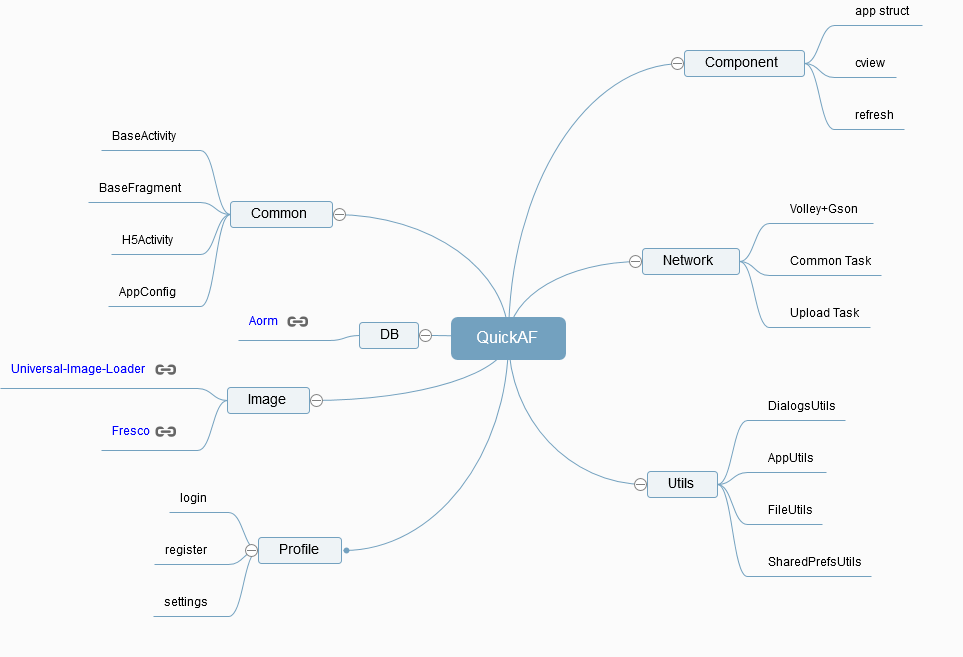
While these features highlight the promise of human brain organoids as models for human brain development, the lineage relationships and developmental trajectories that generate each cell type remain largely not understood. Additionally, organoids broadly recapitulate the transcriptional and epigenetic profile of the endogenous fetal cortex ( Velasco et al., 2019 Trevino et al., 2020 Gordon et al., 2021), and show physiologically-relevant features such as the presence of neuronal activity ( Quadrato et al., 2017 Trujillo et al., 2019, 2020 Miura et al., 2020) and the ability to form long-distance connections ( Giandomenico et al., 2019 Andersen et al., 2020 Miura et al., 2020).

Organoids generate a large diversity of cell types resembling those that populate the human developing cortex ( Camp et al., 2015 Quadrato et al., 2017 Velasco et al., 2019 Yoon et al., 2019), and they are capable of doing so in a reproducible fashion ( Velasco et al., 2019). Human brain organoids have emerged as a powerful experimental system to investigate human brain development and neurodevelopmental diseases ( Lancaster et al., 2013 Mariani et al., 2015 Bershteyn et al., 2017 Birey et al., 2017 Kanton et al., 2019 Klaus et al., 2019 Esk et al., 2020 Khan et al., 2020 Paulsen et al., 2022). Although studies using human fetal tissue have proven critical to our current knowledge of human corticogenesis ( Fietz et al., 2010 Hansen et al., 2010 Nowakowski et al., 2017 de la Torre-Ubieta et al., 2018 Polioudakis et al., 2019 Markenscoff-Papadimitriou et al., 2020 Song et al., 2020 Trevino et al., 2021), there is an outstanding need for experimental models that can be used to dissect the molecular logic governing human cortical development. Our work provides a comprehensive, single-cell molecular map of human corticogenesis in vitro, identifying developmental trajectories and molecular mechanisms associated with human cellular diversification.ĭevelopment of the human cerebral cortex is a protracted process that spans long periods of in utero development and thus is largely experimentally inaccessible ( Silbereis et al., 2016).

Using this data, we identify genes with predicted human-specific roles in lineage establishment, and discover a developmental origin for the transcriptional diversity of human callosal projection neurons, a population that has undergone dramatic expansion and diversification during human evolution. We define the lineage relationships and longitudinal molecular trajectories of cortical cell types during development in organoids, and show that developmental processes of cellular diversification in organoids correlate closely to endogenous ones, irrespective of metabolic state.

Here we present a comprehensive single-cell transcriptomic, epigenetic, and spatial atlas of human cortical organoid development, comprising over 610,000 cells, spanning initial generation of neural progenitors through production of differentiated neuronal and glial subtypes.
ANGULARJS FLOWLAYOUT 1.6.1 FULL
Realizing the full utility of brain organoids as experimental systems to study human cortical development requires understanding whether organoids replicate the cellular and molecular events of this complex process precisely, reproducibly, and with fidelity to the embryo.


 0 kommentar(er)
0 kommentar(er)
